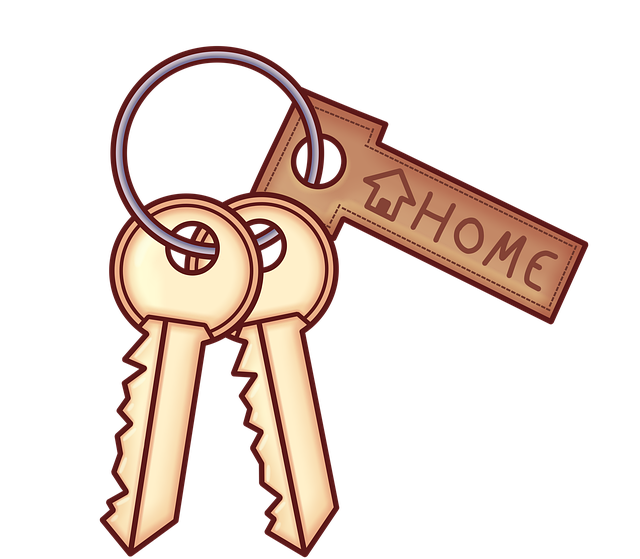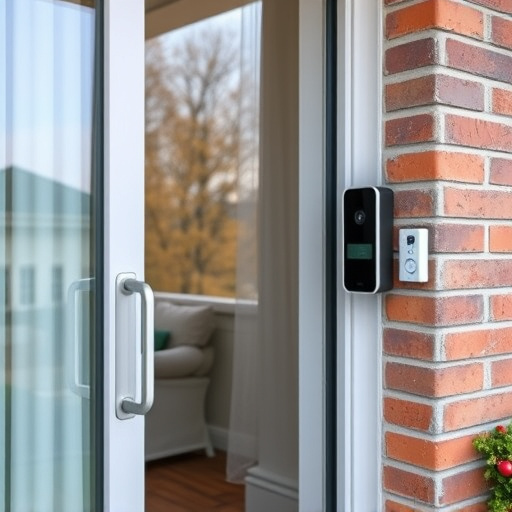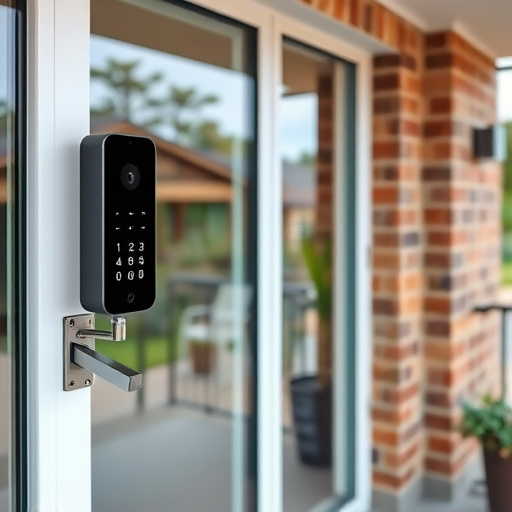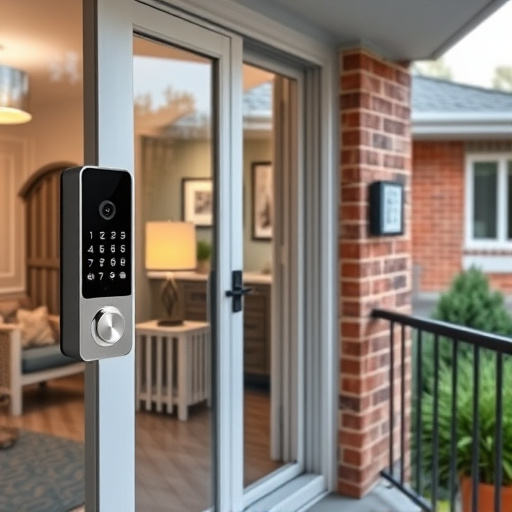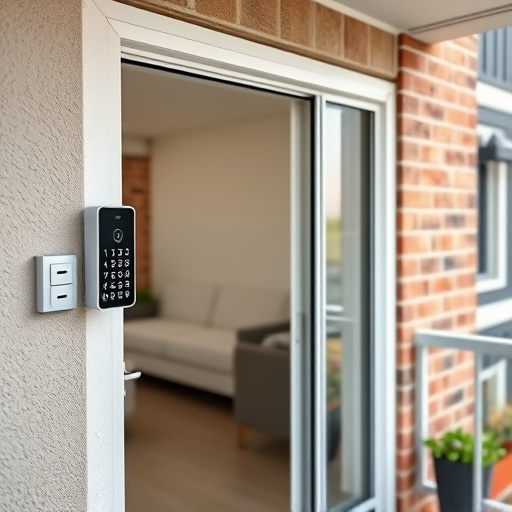Unlock a secure haven in your home with the right security camera. Imagine crystal-clear footage, remote access from anywhere, and peace of mind knowing every corner is protected. Choose an ideal home camera that seamlessly integrates into your lifestyle, offering advanced motion detection, smart features, and reliable connectivity. Transform your property into a tranquil sanctuary where you can truly relax, confident in the knowledge your well-being and belongings are safeguarded 24/7. With our guide, discover how to make the home security selection that reflects your values, empowering you to live fearlessly.
“Imagine waking up to a peaceful home, knowing your loved ones and belongings are safe and protected. With the right security camera, you can transform your house into a haven of peace, offering unparalleled peace of mind. We’re here to guide you through the process of selecting the ideal home security camera, ensuring your home is equipped with cutting-edge technology for ultimate protection.”
- Trust in the Right Security Camera: Your Key to Peace of Mind
- Innovative Home Security Selection: Choosing Cameras for Ultimate Protection
- Find the Ideal Home Camera: A Comprehensive Guide to Effective Security
- Navigating Best Security Systems: Ensure Your Home is Safeguarded 24/7
- Choosing Security Cameras Wisely: Embrace a Future of Enhanced Home Safety
- Unlocking Peace of Mind: The Right Security Camera for Your Home Needs
Trust in the Right Security Camera: Your Key to Peace of Mind
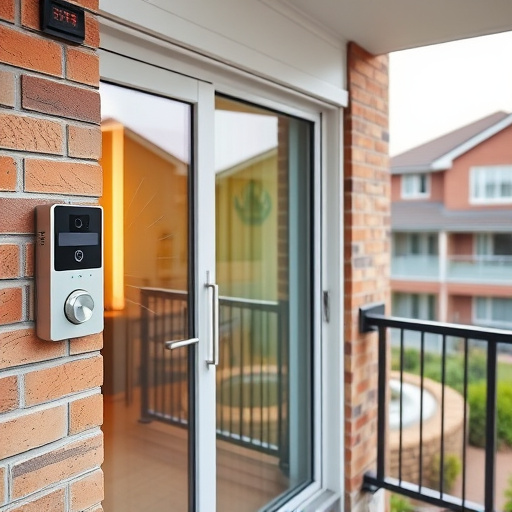
Choosing the right security camera is a crucial step in securing your home and gaining peace of mind. It’s not just about selecting a device; it’s about finding a solution that fits seamlessly into your lifestyle, offering both safety and convenience. The ideal home camera becomes an unseen guardian, capturing moments while you focus on living. When navigating the vast array of options, consider what truly matters: clarity, reliability, and a system tailored to your unique needs. A quality security camera should provide sharp, detailed footage, ensuring potential threats are easily identifiable. It’s about knowing that every corner of your home is monitored, allowing you to react swiftly if needed.
Selecting the best security system for your home involves understanding your requirements and preferences. Whether you’re a homeowner seeking comprehensive protection or a renter desiring peace of mind while away, there’s a camera out there designed to meet your specific needs. An effective security camera should offer remote access, allowing you to monitor your property from anywhere at any time. This feature empowers you to stay connected, ensuring quick responses during emergencies. Remember, the right security camera is not just an investment in technology; it’s an investment in your well-being and the safety of your loved ones. By choosing wisely, you create a safer environment, fostering a sense of tranquility that allows you to truly enjoy your home.
Innovative Home Security Selection: Choosing Cameras for Ultimate Protection
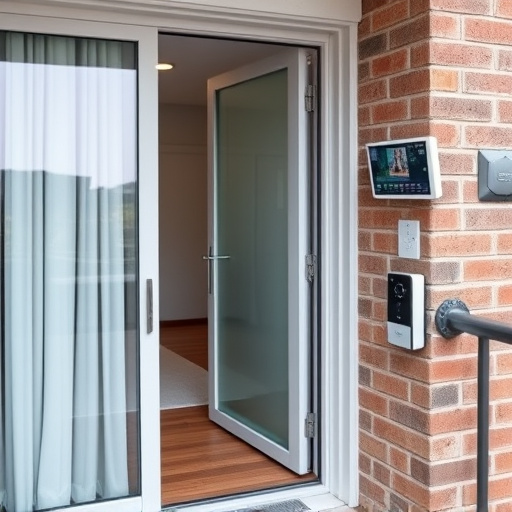
Choosing the right security camera is a crucial step in enhancing your home’s protection. In today’s world, where peace of mind is paramount, understanding your options can feel like navigating a complex labyrinth. But fear not; with the right approach, you can find an ideal home camera that becomes an invisible yet powerful ally in safeguarding your sanctuary. Start by evaluating your unique needs – does your property have large outdoor areas or a specific corner that requires extra attention? Are you looking for a system that integrates seamlessly into your smart home ecosystem? Answering these questions will help guide you towards choosing security cameras designed to fit your specific requirements, ensuring optimal coverage without unnecessary features.
Imagine your home as a canvas; the best security system becomes a stunning masterpiece of safety and surveillance. Consider camera quality – high-definition resolution ensures crisp, detailed footage, enabling clear identification in any lighting condition. Think about connectivity options, such as Wi-Fi or cellular networks, for reliable, real-time monitoring from anywhere. And don’t underestimate the power of smart features like motion detection and automated notifications, which can alert you to potential issues promptly. Remember, an effective security camera is not just a technological investment but a tool that empowers you to protect what matters most – your home and loved ones.
Find the Ideal Home Camera: A Comprehensive Guide to Effective Security
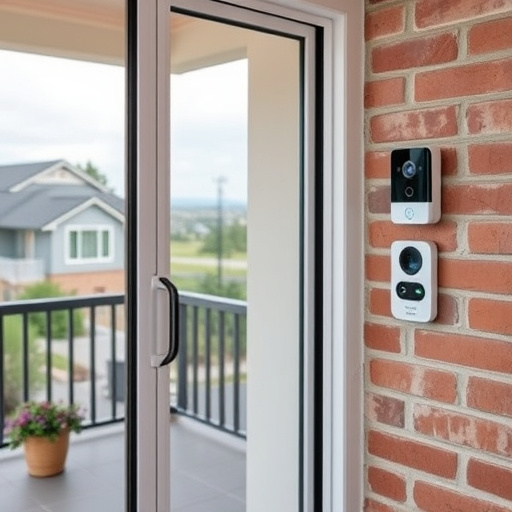
Choosing the right security camera for your home is a crucial step in safeguarding what matters most. It’s about more than just preventing break-ins; it’s about gaining peace of mind, knowing that your loved ones and belongings are protected. The ideal home camera system should blend seamlessly into your environment, providing clear, detailed footage 24/7, while respecting your privacy with smart features like motion detection and secure data storage.
Consider your specific needs: whether you prioritize wide coverage for a large property or granular detail in high-traffic areas. Think about the time of day – do you require night vision clarity or sensitivity to subtle movements? A comprehensive guide like this one can help navigate the diverse options available, ensuring you select an effective security camera that fits seamlessly into your home and contributes to a safer, more secure environment.
Navigating Best Security Systems: Ensure Your Home is Safeguarded 24/7

Choosing the right security camera for your home is a crucial step in ensuring your peace of mind and safety. With an array of options available, it’s essential to understand what makes a security camera effective. The ideal home camera should offer crystal-clear video quality, reliable connectivity, and advanced features tailored to your specific needs. Visualize your home as a sanctuary—a place where you want to feel secure and protected at all times. This is the foundation upon which we build our selection criteria.
When navigating the best security systems, consider factors like field of view, night vision capabilities, motion detection sensitivity, and storage options. A top-tier security camera should seamlessly integrate with your home’s existing infrastructure, providing a comprehensive view of your property day or night. Remember, the goal is to foster an environment where you can relax, knowing that your home is safeguarded 24/7—a simple yet powerful sense of security that allows you to focus on enjoying life.
Choosing Security Cameras Wisely: Embrace a Future of Enhanced Home Safety
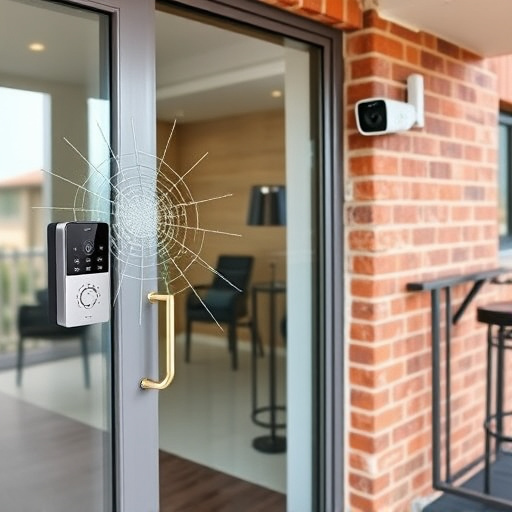
Choosing the right security camera is a crucial step in enhancing your home’s safety and peace of mind. With an array of options available, it might seem daunting, but understanding your specific needs and preferences will help you navigate this selection process effectively. Visualize your ideal secure haven; think about the areas that require monitoring—entrances, exits, valuable assets, or high-traffic zones. The best security camera for your home is one that seamlessly integrates with your lifestyle, offering clear, crisp visuals day or night, and advanced features tailored to your requirements.
When making your choice, consider factors like resolution (higher resolutions provide sharper images), field of view (ensuring a comprehensive view), motion detection capabilities (to avoid false alerts), and storage options (cloud-based or local). Opt for a camera that aligns with your home security selection criteria, ensuring it complements your existing system. Remember, an effective security camera is not just a device but a tool to foster a safer environment, providing you with the confidence to enjoy your space knowing potential risks are mitigated.
Unlocking Peace of Mind: The Right Security Camera for Your Home Needs
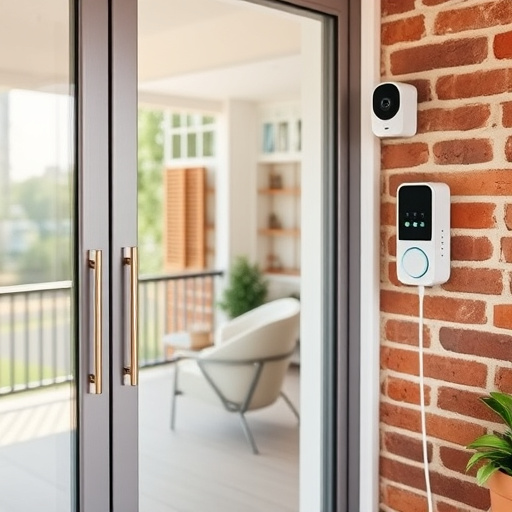
Finding the right security camera for your home is a crucial step in securing your peace of mind and loved ones. It’s not just about picking a device; it’s about selecting a home security solution that aligns with your specific needs, whether you’re a homeowner seeking comprehensive protection or a renter wanting to ensure your space is safe while you’re away. To make this process smoother, consider these key factors: understanding your home’s layout, identifying potential risks, and evaluating features like motion sensors, night vision, and cloud storage options. Visualize the ideal home camera as a silent guardian, watching over your sanctuary, providing reassurance day or night.
When choosing security cameras, remember that an effective security system isn’t just about high-tech gadgets; it’s about creating layers of protection. Integrate these devices with robust hardware like durable wiring and reliable power sources for seamless operation. Ensure easy accessibility to monitor your feeds remotely through user-friendly apps, allowing you to stay connected and informed at all times. Imagine walking into your home after a long day, knowing that every corner is captured, giving you a sense of security and control. Embrace the best security system not just as a means of protection but as an investment in your family’s well-being and peace of mind.
As you’ve explored the world of home security cameras, remember that your peace of mind is within reach. By choosing the right security camera, you’re not just investing in technology; you’re investing in a safer, more secure future for yourself and your loved ones. With the ideal home camera by your side, every day brings a sense of calm, knowing your home is protected 24/7.
Don’t settle for anything less than the best security system tailored to your unique needs. Embrace a future where you can live, laugh, and sleep soundly, reassured that your home is safeguarded. Your journey to enhanced home safety starts now—learn more and take the first step towards a calmer, more secure tomorrow.
